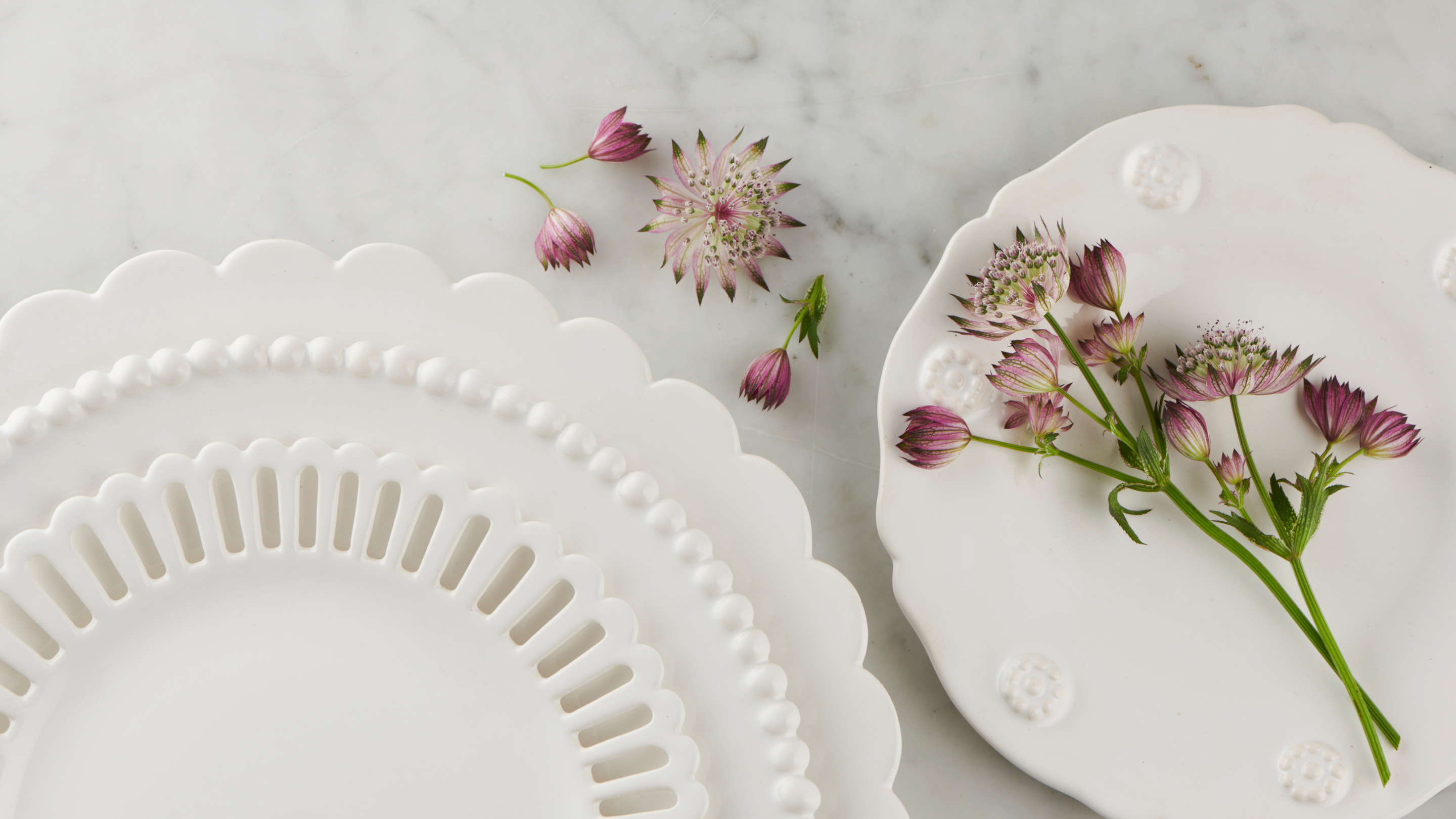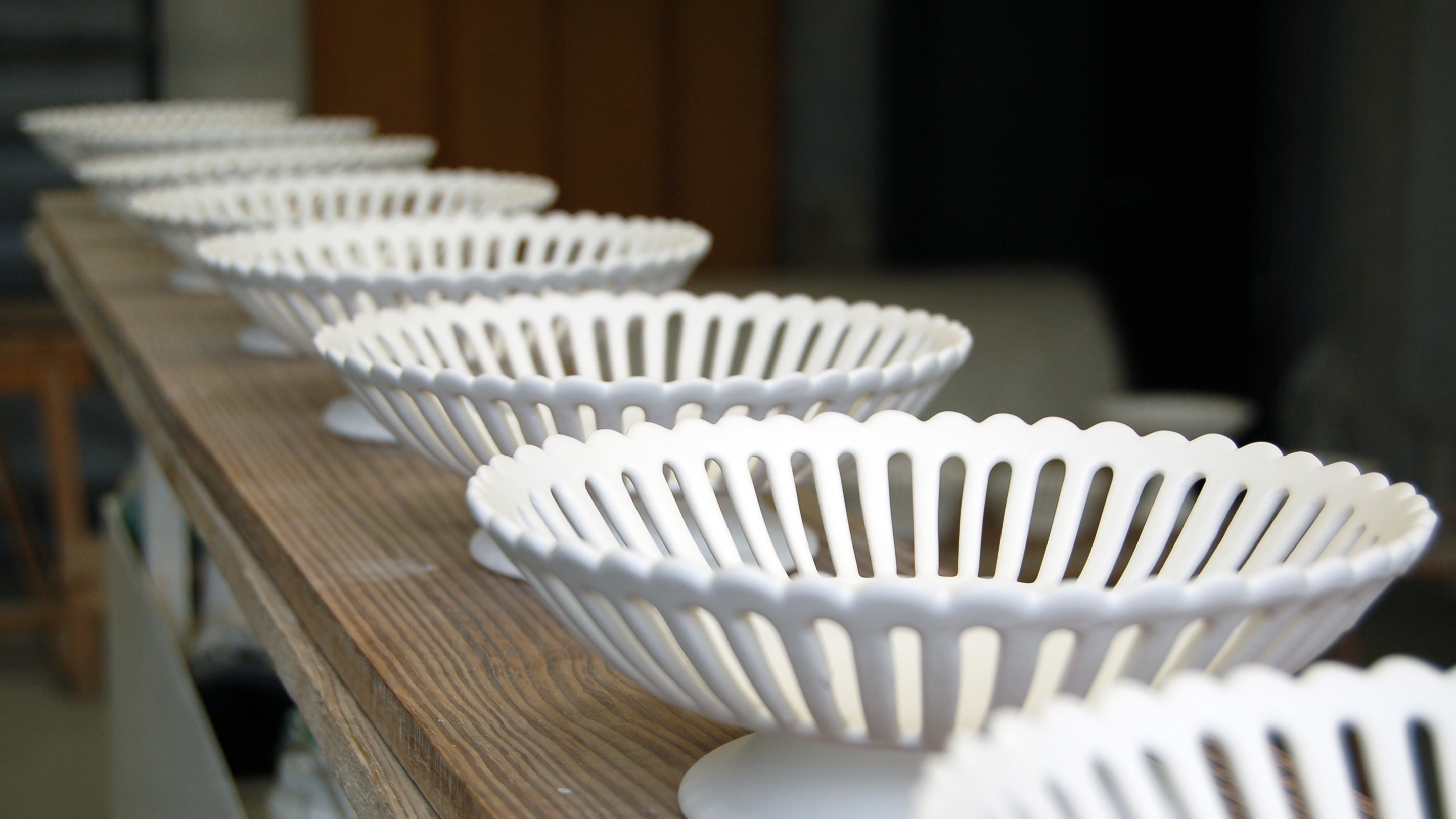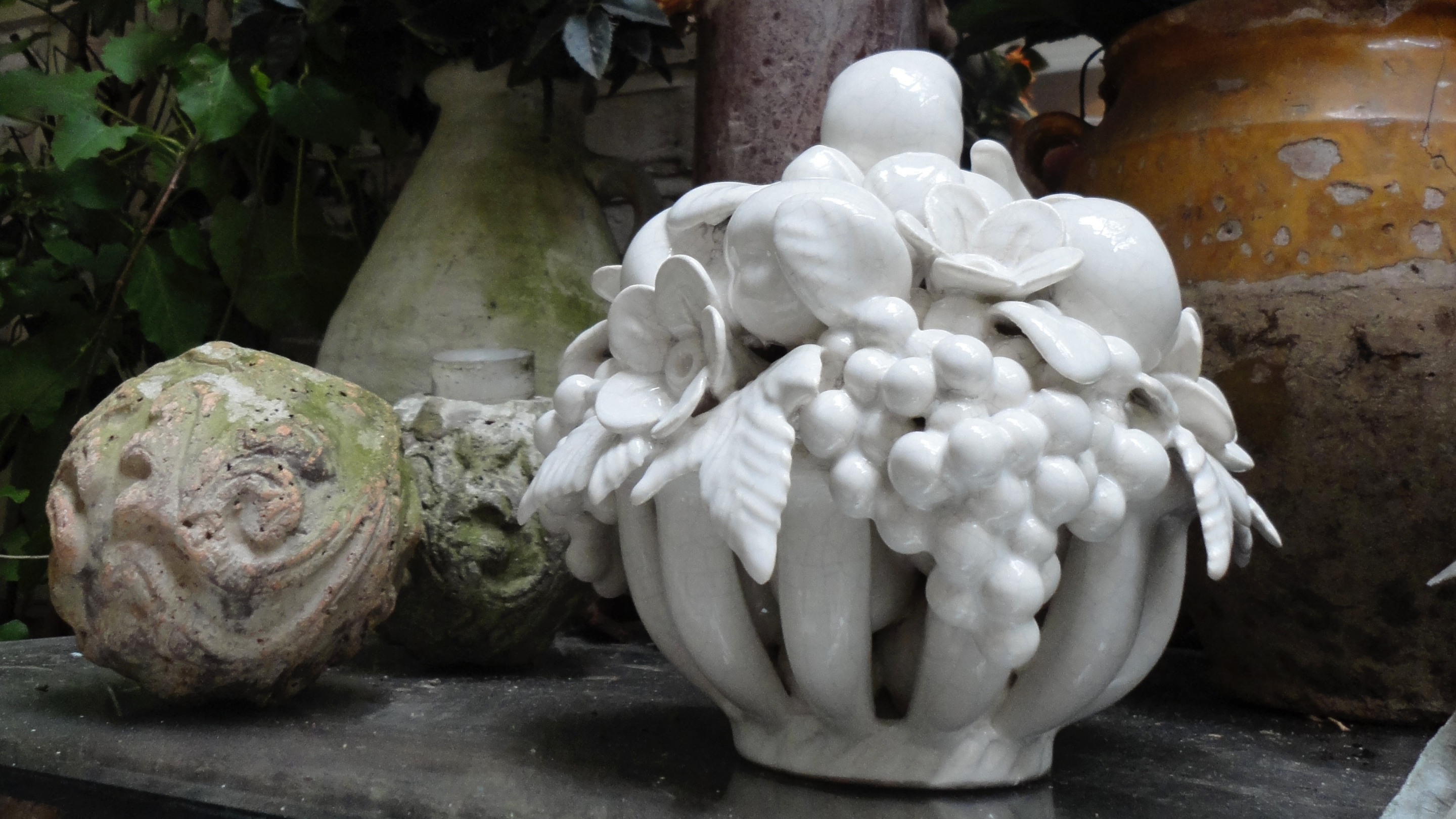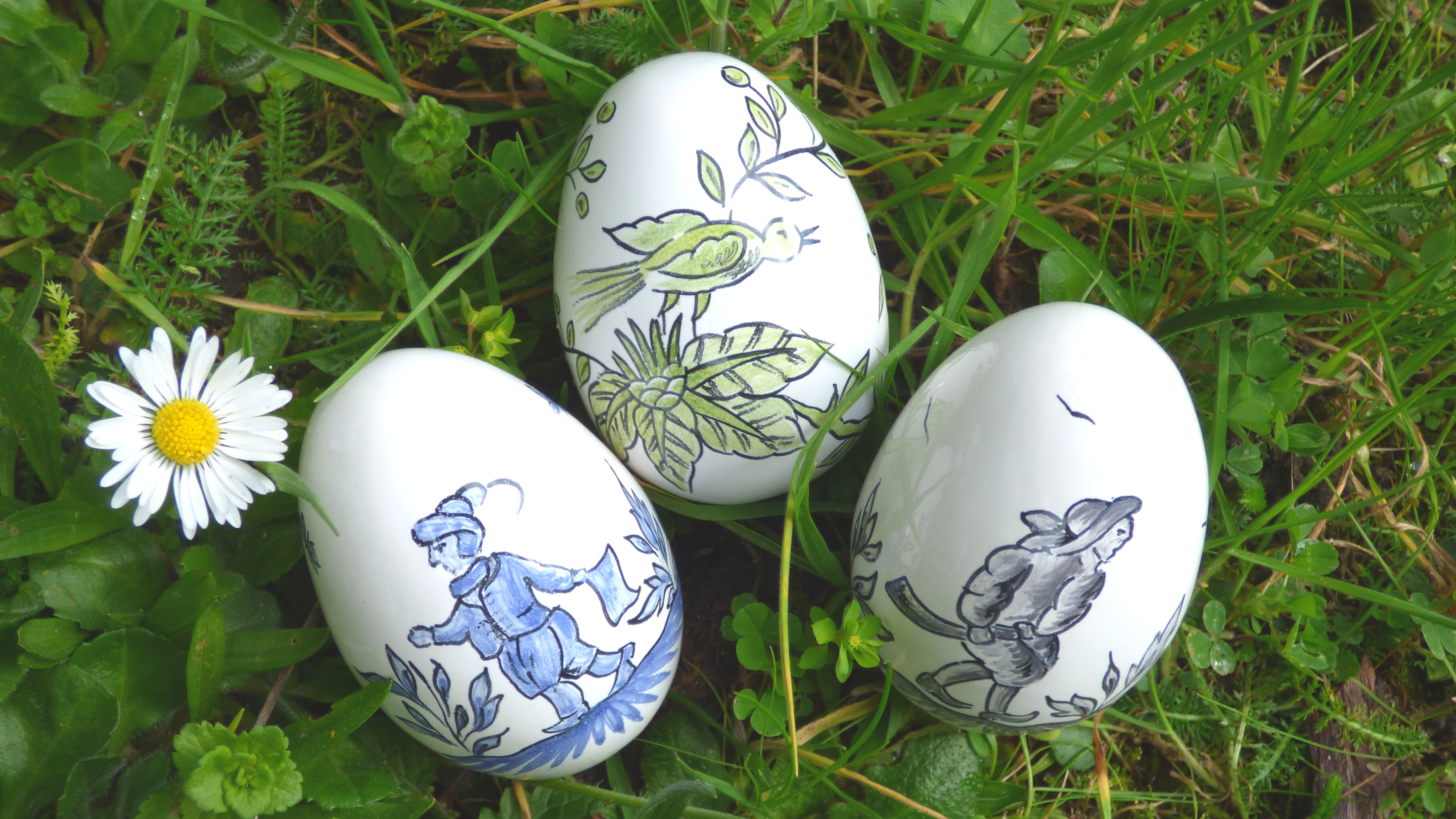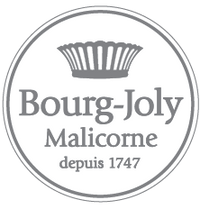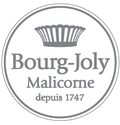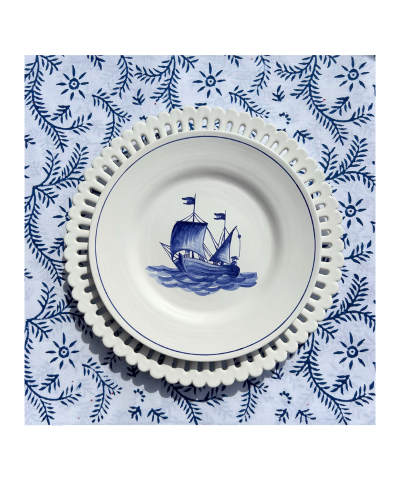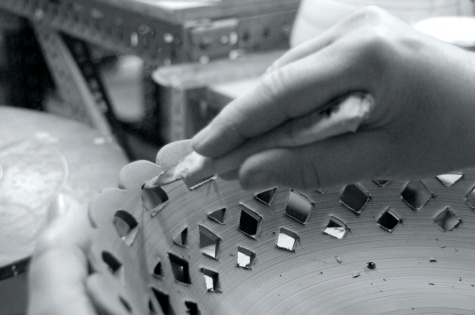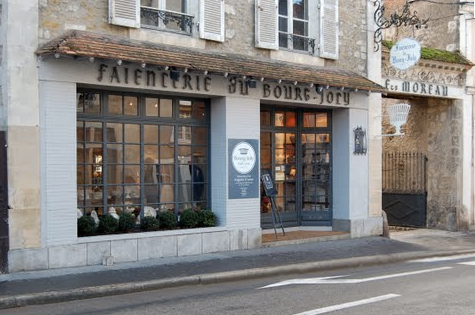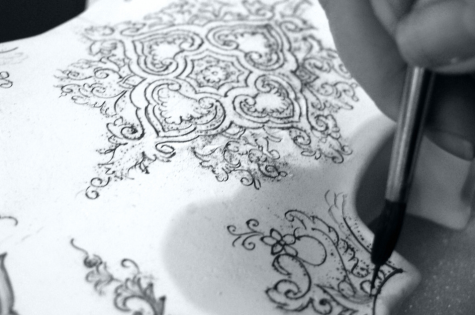Our Savoir-faire and Earthenware Techniques


EARTH
Clay, the very source of life and basis of all our products, is the result of a very precise combination of clay, sand and minerals.This earth has to be purified, removing all the organic matter, then crushed, filtered and sieved, returning it to a purified and pliable state, which is essential for our work. Our earthenware is created from this clay, the white clay that made the reputation of the artistic Malicorne earthenware of the 18th century and that we still continue to use today.
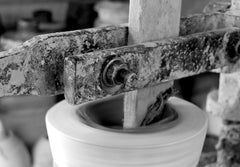
CALIBRATION
This technique introduced mechanics into the world of earthenware in the 19th century. The calibrating machine was operated thanks to the hydraulic energy produced by the factory’s mill.The calibration machine holds a plaster mould into which clay is placed. The process of calibration is carried out with the aid of a profile, "estèque". The machine rotates the mould, and the profile pushes the clay into the round mould as it turns and is shaped by the pressure of thecraftsman’s hand.
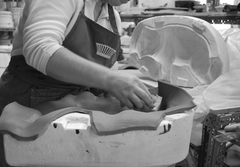
STAMPING
In the hands of the stamper, the different parts of forms come to life. The craftsman takes rolled out clay which they gently press into a plaster mould, which is often composed of different parts. The clay then takes the form of the mould. With the help of clay slurry and their expertise, the stamper ensures the different pieces adhere well, guaranteeing an irreproachable quality.

TRIMMING
As the moisture contained in the clay is absorbed by the plaster, the clay then gradually detaches itself from the walls of the mould and the shape appears in its raw form. The piece passes back into the hands of the craftsman who will finish shaping the piece by hand or using the potter’s wheel and the piece starts to take on its final appearance.
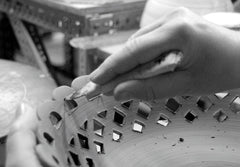
OPENWORK
Once calibrated, moulded, turned and trimmed, the openwork can be done. Inspired by the work of lace-makers, the craftsman creates exquisite pieces piercing the clay with a scalpel to incise fine openings that create pieces that have a magnificent lightness. This innovative technique for which Bourg Joly has become renowned, is at the heart of the Bourg-Joly Malicorne style.

GLAZING
With a precise and delicate gesture, by hand or with the help of special pliers, the biscuit-fired piece is immersed in an enamel bath. Water instantly penetrates the biscuit, leaving the fragile and delicate enamel on its surface. The glaze must coat each part uniformly. Each piece is carefully checked, and smoothed or re-touched as necessary to guarantee an exceptional finish.
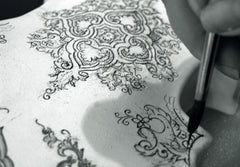
DECORATION
On the raw glaze the decorator paints freehand or positions the stencil for themotif using a crystal paper template stamped with tiny "poncif" holes.Once thetemplate is is correctly positioned, it is then dusted with charcoal powder, and the delicate outline of the of the pattern appears on the raw enamel. The artist applies the oxide-based colours with a brush, with a technique similar to watercolour, transforming the object into a true work of art.
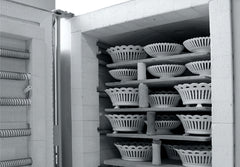
FIRING
A first firing at more than 1000°C transforms "the raw", air-dried piece of clay, into a "biscuit" that will then be glazed with a thin layer of enamel. The second firing at 950°C glazes the enamel and decoration if necessary. This final step is the culmination of a long manufacturing process. Every opening of the kiln is a highly anticipated moment, revealing the beauty of every craftsman’s work.
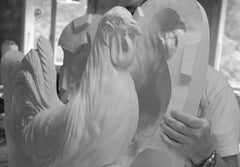
MOULD MAKING
Mould making is a fusion of artistic and technical skills. The modeler shapes the plaster moulds, the very forms that create our delicate work. The modeler restores, creates and sculpts these moulds, guaranteeing the ever-perfect aesthetics of our pieces. Bourg-Joly Malicorne has an archive of moulds dating back to the 18th century. Today these collections provide Bourg-Joly Malicorne with its entirely unique and exclusive heritage.
